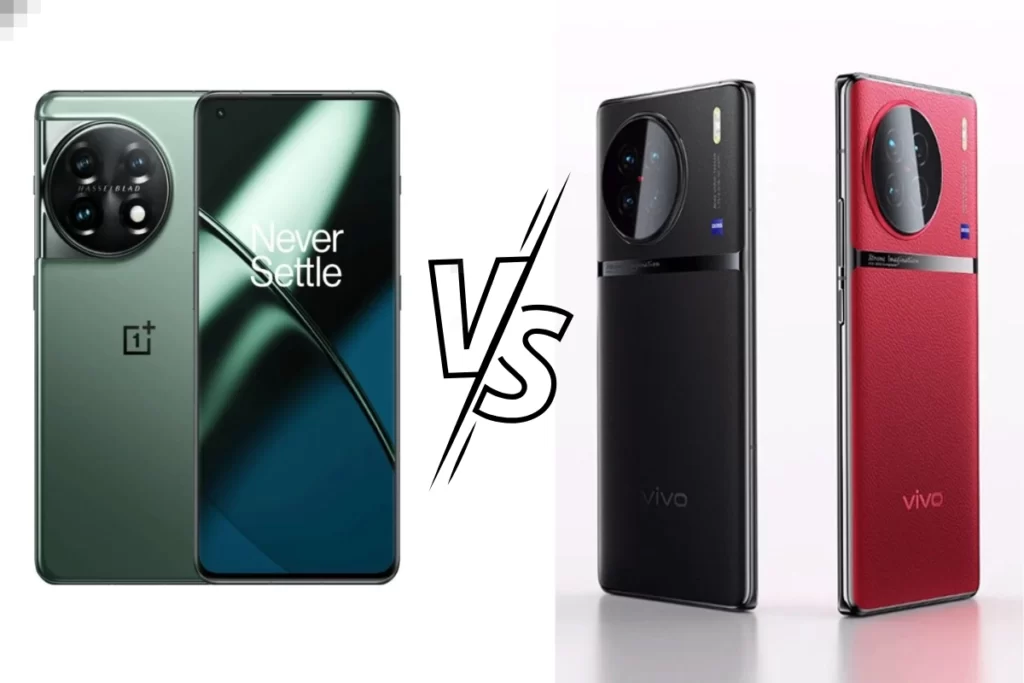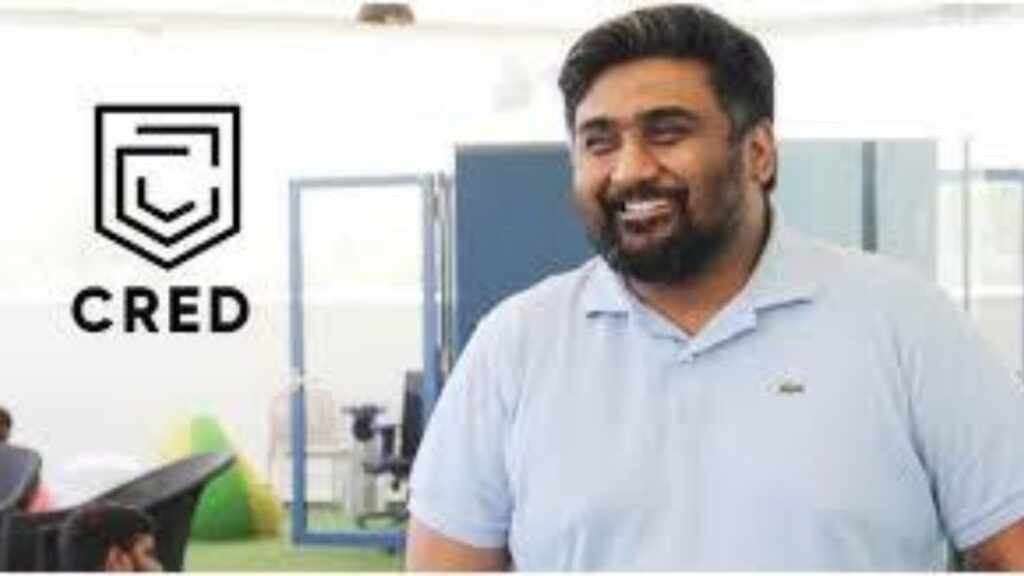The CEO of the second-largest car company in the United States wants the provincial government to set automatic or partial automated standards to strengthen the safety of electronic automatic driving systems.
By pleading corporate law, Ford chief executive Jim Farley becomes the most prominent automotive officer to publicly realize the need to pay more attention to emerging technology, which is becoming more prevalent on American roads as questions arise about potential dangers to drivers. In limited areas, companies are starting to use fully independent passenger boarding services.
Farley’s statements, in an interview with The Associated Press, follow increasing scrutiny by regulators of Tesla’s partial driver assistance program, which has contributed to a series of high-risk accidents. Tesla also uses select owners to test its “Full Self-Driving” software on public roads.
“Of course,” Farley said when asked if organizational rules were required. “Today, these principles are under state control,” he said of completely independent vehicles. “They are more focused on technological advancement, not on greater use of technology.”
He suggested that law enforcement and the National Highway Traffic Safety Administration move very slowly.


“Time is of the essence,” Farley said, explaining that Argo AI, an independent automotive company where Ford is a major investor, is rapidly moving forward with technology that will allow Ford to start a private passenger business.
Argo, who tests autonomous vehicles with spare drivers in six US cities, expects them to be ready for Ford to provide pedestrians without human drivers next year. In the Phoenix area, Alphabet’s Waymo already offers a completely independent boarding service.
And later this year, Ford will offer the “Blue Cruise,” its automated automatic driving system, similar to Tesla’s Autopilot, which keeps cars focused on their route and a safe distance behind the cars in front of them. With Blue Cruise, drivers can move their hands off the steering wheel. But unlike Autopilot, they will be monitored by the camera to make sure they are paying attention.
“We did a test to feel comfortable with this program and how it is being used,” Farley said.
The chief executive took over at Tesla, saying Ford was doing some tests before releasing the technology.
“We don’t want our customers to do any testing,” he said.
Also see:Netflix Enters Gambling Sector Soon, Willing Over Demand Over Pay
Drivers often thwart Tesla’s efforts to control it by getting his hands on the steering wheel. Earlier this month, a man was arrested in California after a police officer spotted his Tesla on the highway with a man riding in the back seat and no one was at the wheel. The man told the AP that his car was completely independent and was designed to be able to ride in the back seat.
That is not true. Tesla has explicitly told California regulators that both “Autopilot” and “Full Self-Driving” are aid programs and that drivers must be prepared to intervene.
A message was left on Friday to comment on Tesla, who has disbanded the media department.
Farley’s position on regulation differs from the automotive industry, which often prefers voluntary guidelines over regulations. There are no government regulations that directly regulate electric drive systems, although they fall under the safety standards that apply to all vehicles.
The largest commercial organization in the industry, the Alliance for Automotive Innovation, last month proposed voluntary guidelines for partially operated systems. Government officials at the National Highway Traffic Safety Administration are relying on voluntary co-operation, taking steps to replace them so that they do not become discouraged with new life-saving products.
But a few in the business have asked for legislation. In April, Dan Ammann, CEO of Cruise Cruise, told Bloomberg Television that it was important for the United States and other countries to establish a “clear regulatory framework.” Regulations, Ammann said, are needed for the US to retain its leadership position.
In 2015, Volvo Cars chief executive Hakan Samuelsson asserted that the federal legislation and the absence of a U.S. corporation could reduce the development and introduction of private vehicles.
Also see:Price of Oppo A35, Details, and Images Surface Online via China Telecom Listing
Since the inauguration of President Joe Biden, however, the NHTSA has said it is taking a new look at automated programs. The organization has since sent investigators to review at least four accidents involving Teslas in which Autopilot is at least suspected to be affected, and wants the public to comment on improving safety standards for private vehicles. A few years ago, NHTSA sent teams to 29 Tesla events.
Farley says he is happy with the renewed interest in legislation.
“We are very pleased that the new leadership leaders want to spend more money on” private vehicles, “he said.



